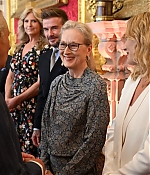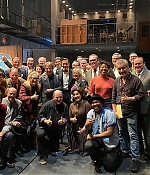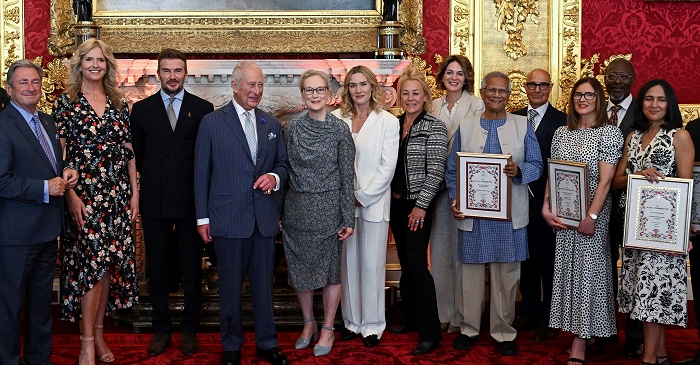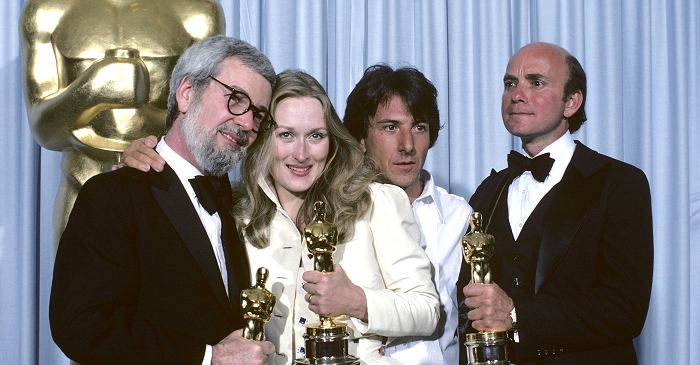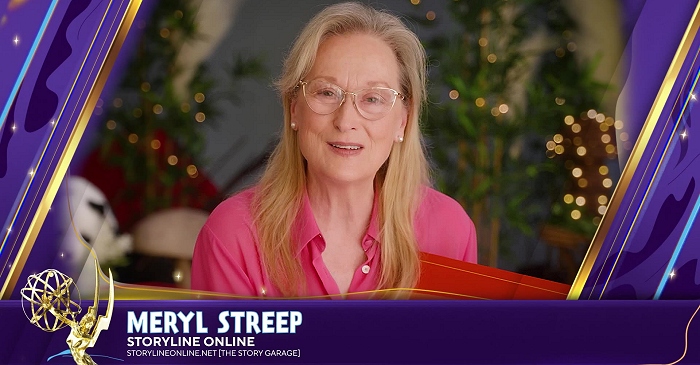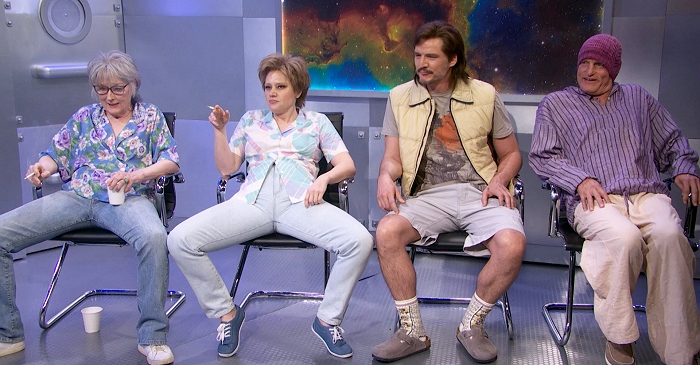|
Simply Streep is your premiere online resource on Meryl Streep's work on film, television and in the theatre - a career that has won her acclaim to be one of the world's greatest living actresses. Created in 1999, Simply Streep has built an extensive collection over the past 25 years to discover Miss Streep's body of work through thousands of photographs, articles and video clips. Enjoy your stay and check back soon.
|
Race to Save the Planet
October 07, 1990
· PBS Television
· 600 minutes
|

The first program, “The Environmental Revolution,” traces the development of humanity from prehistoric man to present day. For thousands of years, humans were a nomadic species and relied upon the environment for survival. The advent of agriculture in the last 10,000 years, and the Industrial Revolution, changed humanity’s perspective toward the environment. Next, “Only One Atmosphere” explores the Industrial Revolution’s impact upon the atmosphere through global warming and ozone depletion. Episode 3 examines the impact of contemporary affluency upon the environment. “Do We Really Want to Live This Way?” profiles Los Angeles and the Rhine River in Europe. The fourth program, “In the Name of Progress,” shows the impact of industrialization in India and Brazil. The episode examines both the negative and positive results of the development, and the vivid photography leaves no question in the viewers’ minds; both people and the environment get the short end of the stick. “Remnants of Eden” explores the loss of biological diversity, including genetic variations within each species. Humans have caused the demise of many species already. The sixth episode deals with energy conservation and ways to improve energy efficiency and our current power sources. The episode “More for Less” advocates moving away from conventional sources (such as fossil fuels) toward renewable sources like hydroelectric and solar power.
The seventh program in the series, “Save the Earth,Feed the World,” explores the possibilities and limitations currently available in agriculture. It advocates combining sound ecological practices with technology to produce the highest yields without sacrificing the land. “Waste Not, Want Not” deals with the problem of waste. More than half our cities are within five years of exhausting their landfills, and alternatives need to be considered. It suggests ways to reduce, reuse and recycle garbage so that it has the least impact upon the environment. Episode 9 explores three governments’ environmental policies. Viewers see how Zimbabwe, Thailand and Sweden include the environment in their domestic policies. “It Needs Political Decisions” challenges the world’s governments to take a strong stand environmentally. The final program focuses on the manner in which all levels of society are relating to the environment, from the individual to the nation. “Now or Never” dares all of us to reconsider our relationship to the natural world and rethink how the environment fits into our lives.


